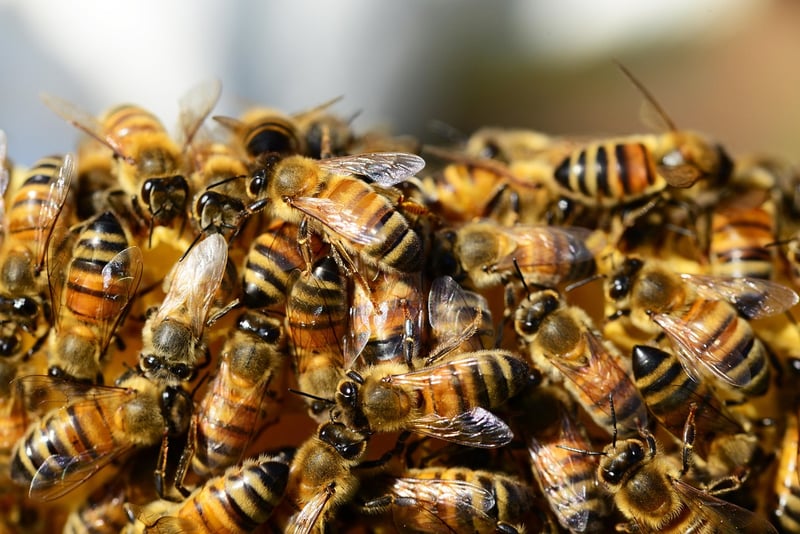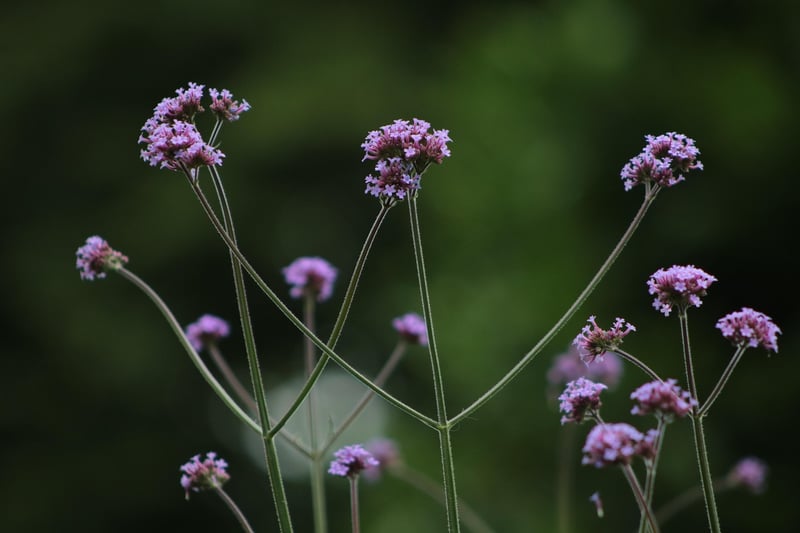Bee-Friendly Cities
Promoting Bee Populations in Cities
Bees play a vital role in our ecosystem by pollinating plants, fruits, and vegetables, contributing to biodiversity and food production. However, bee populations worldwide are declining due to various factors like habitat loss, pesticide use, and climate change. To support bee populations and create more sustainable urban environments, many cities are adopting bee-friendly initiatives.
Benefits of Bees in Cities
Bees are essential for urban areas as they help pollinate flowers, trees, and urban gardens, enhancing green spaces and promoting biodiversity. By encouraging bee populations in cities, we can improve crop yields, support local food production, and create healthier ecosystems for both humans and wildlife.
Creating Bee-Friendly Cities
Here are some ways cities can promote bee populations:
1. Planting Bee-Friendly Flora
City parks, gardens, and rooftops can be planted with bee-attractive flowers such as lavender, sunflowers, and wildflowers to provide bees with a diverse source of nectar and pollen.
2. Avoiding Pesticides
Cities can implement pesticide-free policies in public spaces to protect bees from harmful chemicals that can affect their health and well-being.
3. Installing Beehives
Setting up beehives in urban areas can help boost local bee populations and provide opportunities for urban beekeeping, promoting community engagement and education about bees.
4. Creating Bee Habitats
Designing green spaces with bee habitats like nesting sites, bee hotels, and water sources can provide bees with shelter and resources to thrive in urban environments.
Bee-Friendly Cities Around the World
Several cities have taken significant steps to become more bee-friendly:
By adopting bee-friendly practices, cities can support bee populations, enhance urban green spaces, and contribute to a more sustainable and biodiverse future.

